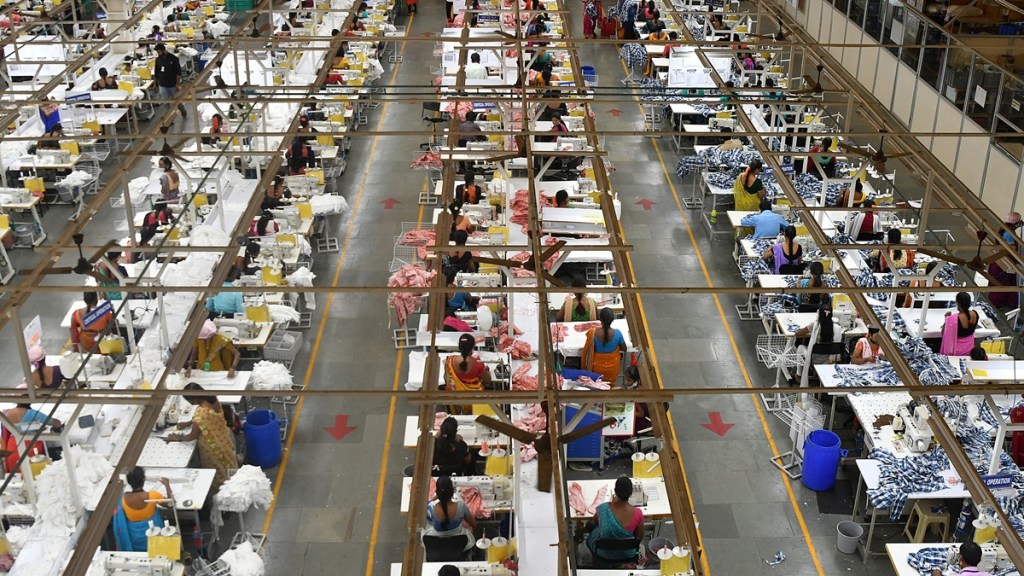India’s manufacturing Purchasing Managers’ Index (PMI), maintained by S&P Global, fell to an 18-month low of 54.9 in December from 56.0 the previous month, primarily due to fading demand for “certain types” of products.
With the latest reading, manufacturing PMI averaged 55.5 in the October-December quarter of FY24, the lowest in six quarters.
Data released on Friday showed that the year-on-year growth in production of core industries fell to a six month low of 7.8% in November. Sequentially too, the core industries’ output declined by 3.4% during the month. The Goods and Services Tax (GST) collections grew at three-month low of 10.3% in December (November transactions).
However, despite a loss of growth momentum in December, there were softer, albeit sharp, increases in factory orders and output, said S&P Global. Both the December and quarterly PMI print were lower sequentially, but higher than the long-term average.
Manufacturing PMI has remained in the expansion zone (print above 50) for 30 months in a row. December data, however, showed a 21st consecutive increase in international order receipts at goods producers in India. Companies noted gains from clients in Asia, Europe, the Middle East and North America, said S&P Global.
On price pressures, manufacturers signalled a further uptick in purchasing costs in December. Among the items reported to have been up in price were chemicals, paper and textiles, said S&P Global. But, the rate of inflation was “negligible by historical standards” and was the second-weakest in just under three-and-a-half years, it said.
Output costs, however, surpassed that of input prices. Firms that hiked their fees in December mentioned the pass-through of recently absorbed cost burdens to clients, S&P Global said.
HSBC’s Chief India and Indonesia Economist Pranjul Bhandari said in a note that manufacturing output has been gradually softening since August, which points to sluggish consumption, particularly in rural areas, where sowing has been weaker-than-normal due to erratic rains.
“Yet, the PMI Index remains well above the long-term-average. Falling commodity prices, particularly lower oil prices through 2023, have been an important driver of growth, leading to improved corporate margins, and higher government taxes and expenditure,” she said.
Bhandari also noted that on the back of falling input prices, producers have been able to do both — cut output prices while still holding on to elevated corporate profits. “This rare coexistence, of falling core inflation and rising GDP growth, was arguably at the heart of India’s strong macroeconomic performance in 2023. By that logic, how it shapes up in 2024, will depend a lot on where commodity prices land.”

